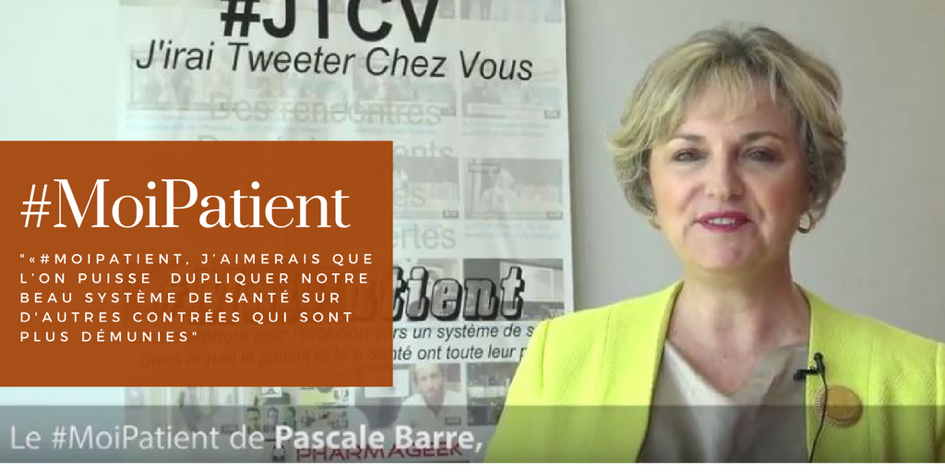How Technology Tools Can Increase Patient Engagement, Reduce Obesity
12/11/2013Santé : en France on sait chercher, mais pas innover ! | Le Cercle Les Echos
12/11/2013How Technology Tools Can Increase Patient Engagement, Reduce Obesity
When it comes to obesity, many physicians believe there’s only so much intervention can do for patients. But new research shows that increasing patient engagement through technology — in other words, involving patients in their own weight-loss efforts between visits by giving them tools such as text-based exercise reminders — just may help physicians help those patients in need of weight-management assistance.
More than 35 percent of those who don’t follow exact treatment plans said they would be more likely to follow directions if they received reminders from their doctors via e-mail, voicemail, or text, according to the report The Obesity Epidemic: Unhealthy Habits Result in a Growing Problem for Americans. The report, conducted by TeleVox, a provider of patient-engagement technology tools, and Kelton Research, is based on a survey of more than 1,130 Americans ages 18 and older and 463 healthcare providers.
« You can load somebody up with as much information as you want, but until they’re actually committed to making that change, they’re not going to do it, » Allison Hart, director of marketing communications at TeleVox, told Physicians Practice. « Behavior change is incredibly hard. »
Typically, what happens is overweight patients go to the doctor and doctor says, « ‘you need to lose weight’ and ‘come back in six months or whatever,’ but there’s no support given on a daily basis, » said Hart. « That’s where engagement communications plays a part … delivering that encouragement, engagement, and support between the visit. »
Results of the survey support this premise:
– 30 percent of U.S. consumers asserted that receiving text messages, voicemails, or e-mails that provide patient care between visits would increase feelings of trust in their provider;
– Of the 66 percent of patients who have received a voicemail, text messages, or e-mail from a healthcare provider, 51 percent reported feeling more valued as a patient;
– 61 percent of Americans said that they would be interested in and/or happy to receive communications from their doctor with tips on how to manage their weight; and
– 24 percent of Americans said that communications from their doctor between office visits, such as e-mail, text messages, or phone calls, would help them better manage their overall health.
And while about half of physicians surveyed said they already use technology to engage with patients, the reality is that such engagement is limited. In fact, fewer physicians actually do things such as e-mail healthy recipes, or send text messages to patients reminding them to exercise, said Hart.
« Our research shows about 46 percent of providers said they use e-mail, voice mail, text messaging for patient care between visits, » said Hart. « I think that what you’ll find is that most of them are using [these means of communication] for appointment reminders, lab test results, things like that. We’ve really just started talking about this idea of [using] technology beyond the basics. »
The good news for physicians is that these types of services are being offered by an increasing number of vendors. However, physicians and other healthcare providers should proceed with caution, and ask vendors they are considering working with questions such as: What is your privacy policy? How do you protect the data you store against perceived threats? What are the HIPAA guidelines that you have in place? Do you have external audits?
Physicians should also ask to see a copy of their latest audit report, Hart suggests.
« There’s always going to be some level of concern with patient privacy and compliance, » said Hart. « The most important thing to do is to choose a vendor that’s trustworthy in this area. »
See on www.physicianspractice.com




